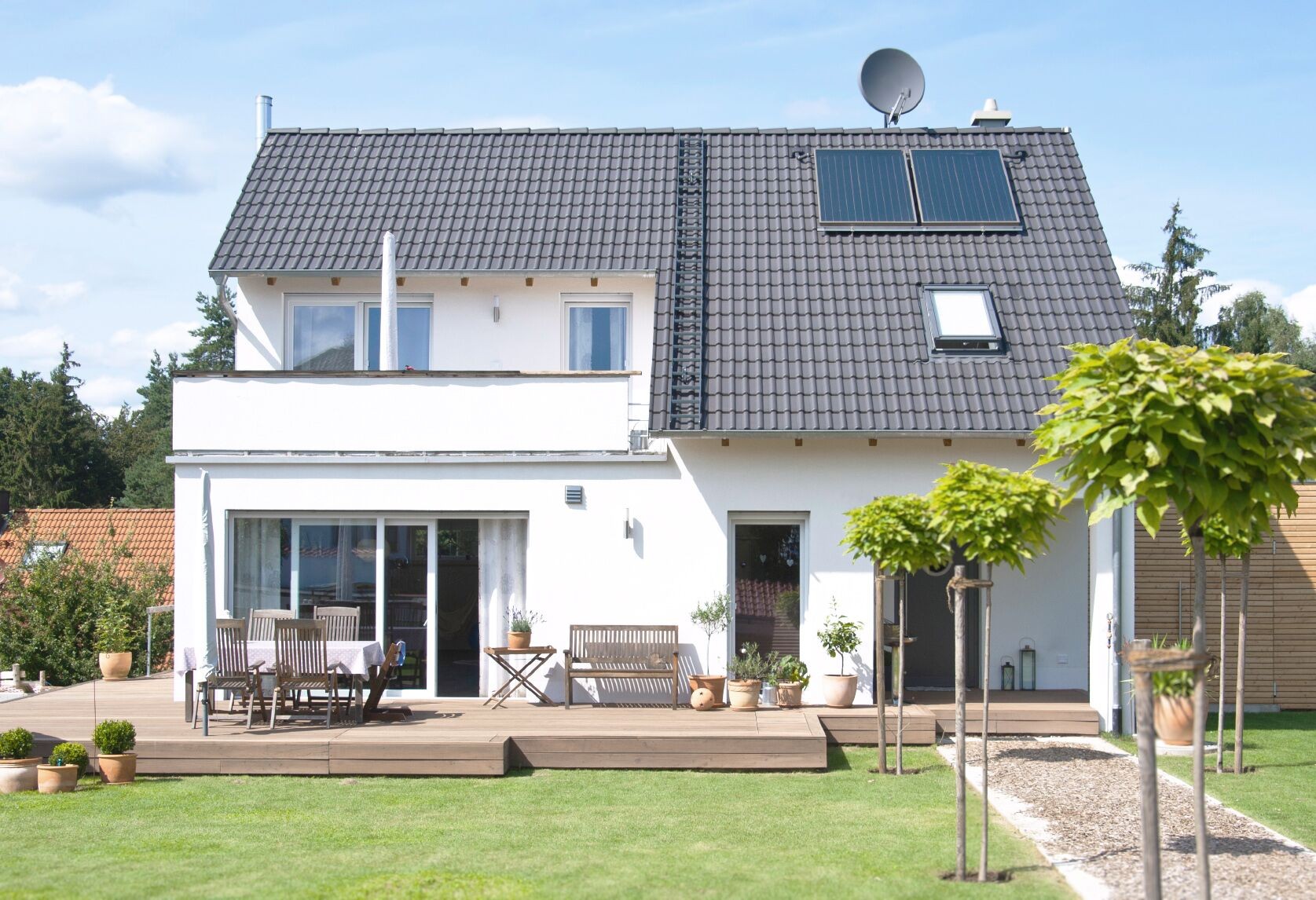Kunststofffenster: The Ultimate Guide to Plastic Windows for Modern Homes

Introduction: Why Kunststofffenster Are Gaining Popularity
In recent years, Kunststofffenster, or plastic windows, have become a top choice for homeowners, architects, and builders across Europe and beyond. Known for their durability, energy efficiency, and cost-effectiveness, plastic windows offer a modern solution to both new constructions and renovation projects.
Unlike traditional wood or aluminum frames, Kunststofffenster provide a long-lasting and low-maintenance alternative that doesn’t compromise on style or performance. But what makes these windows so special? Let’s dive deep into their advantages, types, materials, and more.
What Are Kunststofffenster?
Kunststofffenster are windows with frames made from PVC (polyvinyl chloride) – a type of plastic known for its strength, insulation properties, and resistance to weathering. They come in various styles, finishes, and glazing options to suit different aesthetic and functional requirements.
Modern PVC windows are reinforced with steel or other materials inside the frame, making them not only sturdy but also highly secure.
Advantages of Kunststofffenster
1. Excellent Thermal Insulation
Kunststofffenster are well-known for their outstanding thermal insulation. The multi-chamber profiles within the frames reduce heat loss, helping maintain indoor temperatures and lowering energy bills. This makes them ideal for both cold winters and hot summers.
2. Energy Efficiency and Sustainability
Most plastic windows today meet or exceed energy efficiency standards, especially when paired with double or triple glazing. This contributes to a smaller carbon footprint and makes them a greener choice for eco-conscious homeowners.
3. Affordability
Compared to wood or aluminum, Kunststofffenster are much more affordable while offering similar or even better performance in some areas. Their lower manufacturing costs make them ideal for budget-conscious renovation or construction projects.
4. Low Maintenance
One of the biggest selling points of Kunststofffenster is their minimal maintenance needs. Unlike wooden frames that require regular painting or sealing, plastic windows simply need occasional cleaning with soap and water.
5. Weather Resistance
PVC frames are highly resistant to moisture, rust, and UV rays. This means Kunststofffenster retain their color and shape even under harsh weather conditions, ensuring long-term durability.
6. Sound Insulation
Thanks to their multi-chamber systems and the possibility of integrating acoustic glass, plastic windows can effectively block outside noise. This makes them a favorite in urban and high-traffic areas.
7. Versatile Design Options
Modern Kunststofffenster are available in a variety of styles, shapes, and colors. Whether you prefer a classic white frame or a wood-look finish, there are countless customization options to fit the architectural style of your home.
Types of Kunststofffenster
When choosing plastic windows, it’s important to understand the different types available. Here are some popular configurations:
1. Fixed Windows
These windows do not open and are used mainly for letting in natural light. They offer excellent insulation and are ideal for hallways or staircases.
2. Tilt and Turn Windows (Dreh-Kipp-Fenster)
These are the most common Kunststofffenster in Europe. They can be tilted inwards at the top for ventilation or turned fully inward for easy cleaning.
3. Casement Windows
Hinged at the sides, casement windows open outward. They offer unobstructed views and great ventilation.
4. Sliding Windows
Ideal for balconies and patios, sliding Kunststofffenster offer smooth operation and space-saving convenience.
5. Bay and Bow Windows
These windows project outward from the wall, creating more space and adding architectural elegance to a room.
Double vs. Triple Glazing in Kunststofffenster
One of the key considerations when purchasing plastic windows is the type of glazing:
Double Glazing:
- Two glass panes with air or gas (argon/krypton) in between.
- Provides good insulation and is cost-effective.
Triple Glazing:
- Three glass panes with two insulating air/gas spaces.
- Offers superior thermal and sound insulation, ideal for extreme climates or noisy locations.
Your choice depends on climate, budget, and personal preferences.
How to Choose the Right Kunststofffenster
1. Energy Performance Rating (Uw-Value)
Look for windows with a low Uw-value (heat transfer coefficient). The lower the number, the better the insulation.
2. Security Features
Choose models with multi-point locking systems and laminated safety glass for enhanced protection.
3. Sound Insulation Needs
For urban homes or noisy neighborhoods, opt for acoustic glazing to improve peace and comfort.
4. Frame Thickness and Chamber Count
Frames with 5-7 chambers offer better insulation than those with fewer.
5. Aesthetic Preferences
Consider color, shape, and finish. Popular styles include white, anthracite gray, and woodgrain laminate finishes.
Installation Tips for Kunststofffenster
Even the best plastic windows will underperform if poorly installed. Follow these tips for optimal results:
- Hire qualified professionals with experience in PVC window installation.
- Ensure the frame is properly sealed to prevent air or water leaks.
- Consider adding window sills, drip caps, and thermal breaks for improved performance.
- Always verify if the product meets local building codes and energy regulations.
Cost Comparison: Kunststofffenster vs Other Materials
| Material | Initial Cost | Maintenance | Lifespan | Insulation | Aesthetic Customization |
| Kunststofffenster | Low | Very Low | 25-40 yrs | Excellent | High |
| Wood | High | High | 30-50 yrs | Very Good | Very High |
| Aluminum | Medium-High | Low | 40-60 yrs | Moderate | High |
Kunststofffenster clearly offer a strong value proposition, especially for homeowners seeking long-term savings with minimal upkeep.
Are Kunststofffenster Eco-Friendly?
Yes, modern Kunststofffenster are designed to be environmentally responsible. Most manufacturers use recyclable materials, and some even offer windows made from recycled PVC.
Additionally, by reducing energy consumption through better insulation, these windows indirectly contribute to lower CO₂ emissions.
Common Myths About Kunststofffenster
Myth 1: Plastic windows look cheap
Reality: Modern designs can mimic wood or metal, offering premium aesthetics.
Myth 2: They discolor over time
Reality: Quality Kunststofffenster are UV-stabilized and maintain color for decades.
Myth 3: Not suitable for large openings
Reality: Reinforced PVC windows can easily be used for large glass surfaces like patio doors or picture windows.
Maintenance Tips
- Clean with mild detergent and water – avoid harsh chemicals.
- Lubricate hinges and locks annually.
- Check seals and gaskets for wear and replace if needed.
- Inspect for condensation between panes – a sign of seal failure.
With these steps, your Kunststofffenster can last 30 years or more.
Conclusion: Are Kunststofffenster the Right Choice for You?
If you’re looking for a cost-effective, energy-efficient, low-maintenance, and stylish window solution, Kunststofffenster might be your best bet. Whether you’re building a new home or upgrading existing windows, plastic windows offer excellent value for money without compromising on aesthetics or performance.
Thanks to their flexibility in design, superior insulation capabilities, and long-term durability, Kunststofffenster continue to be a top choice among modern homeowners, builders, and developers.
FAQs
Q1. How long do Kunststofffenster last?
Most high-quality Kunststofffenster last 25 to 40 years, depending on climate and maintenance.
Q2. Are plastic windows secure?
Yes, especially those with multi-point locks and reinforced frames.
Q3. Can I recycle old PVC windows?
Yes. Many companies now offer window recycling programs.
Q4. Do Kunststofffenster add value to a home?
Yes. Their energy efficiency and modern look can increase property value and reduce heating costs.

